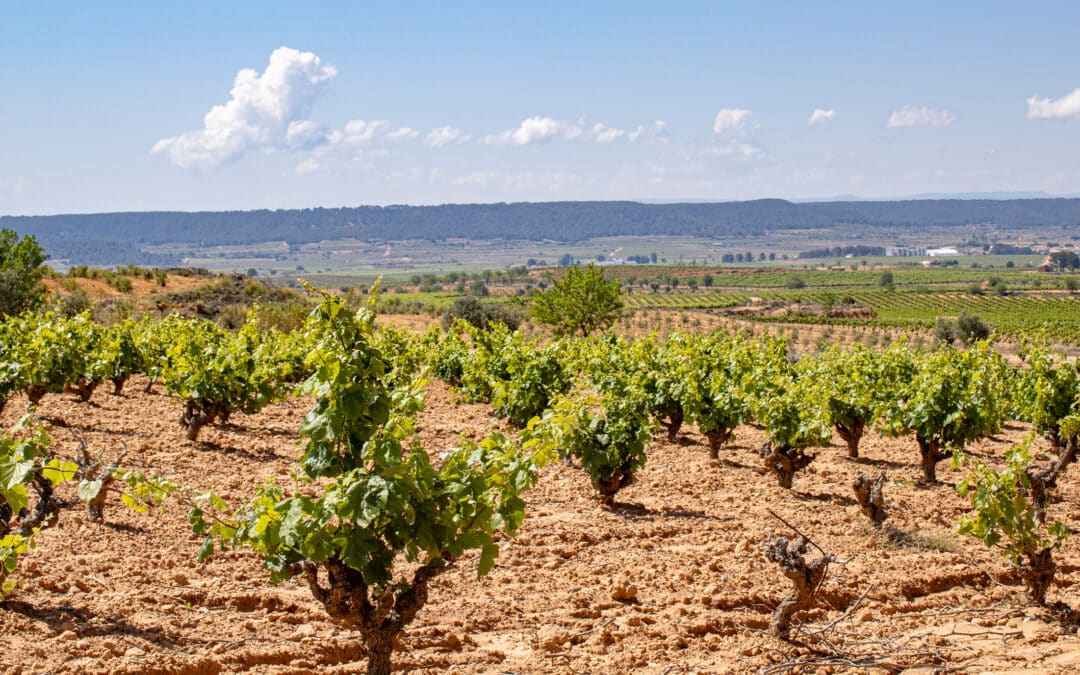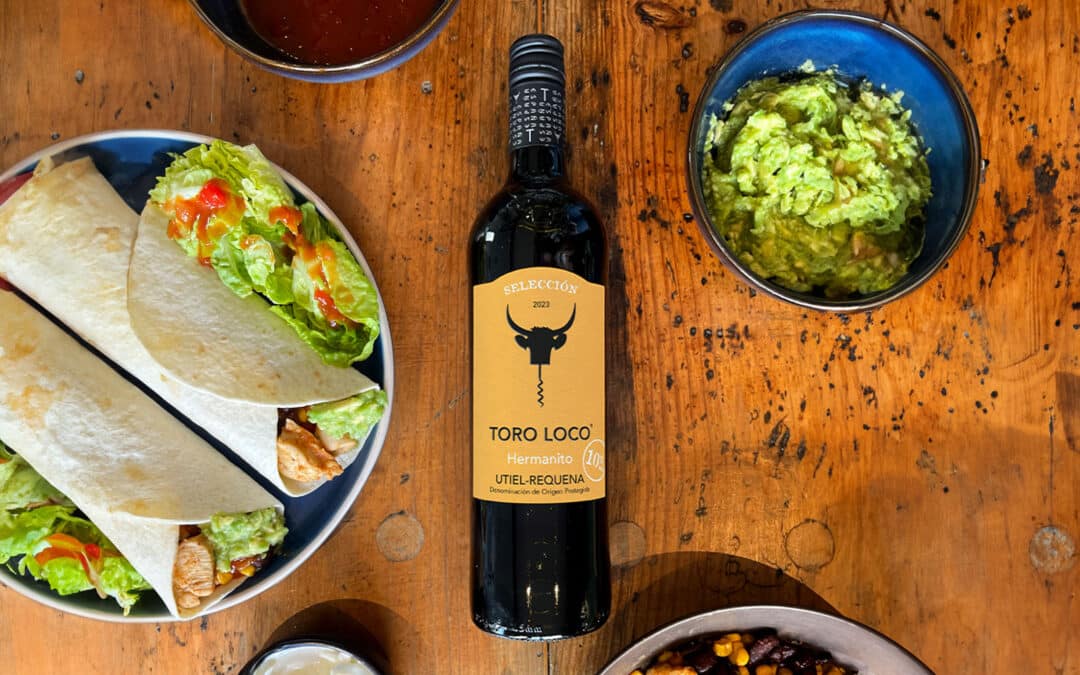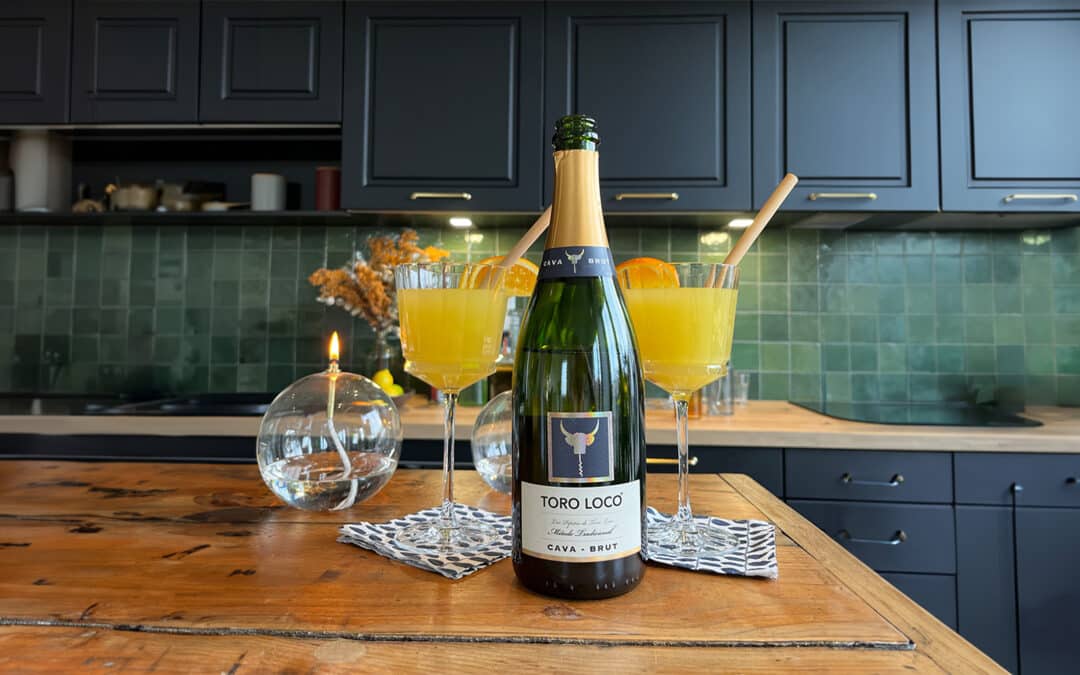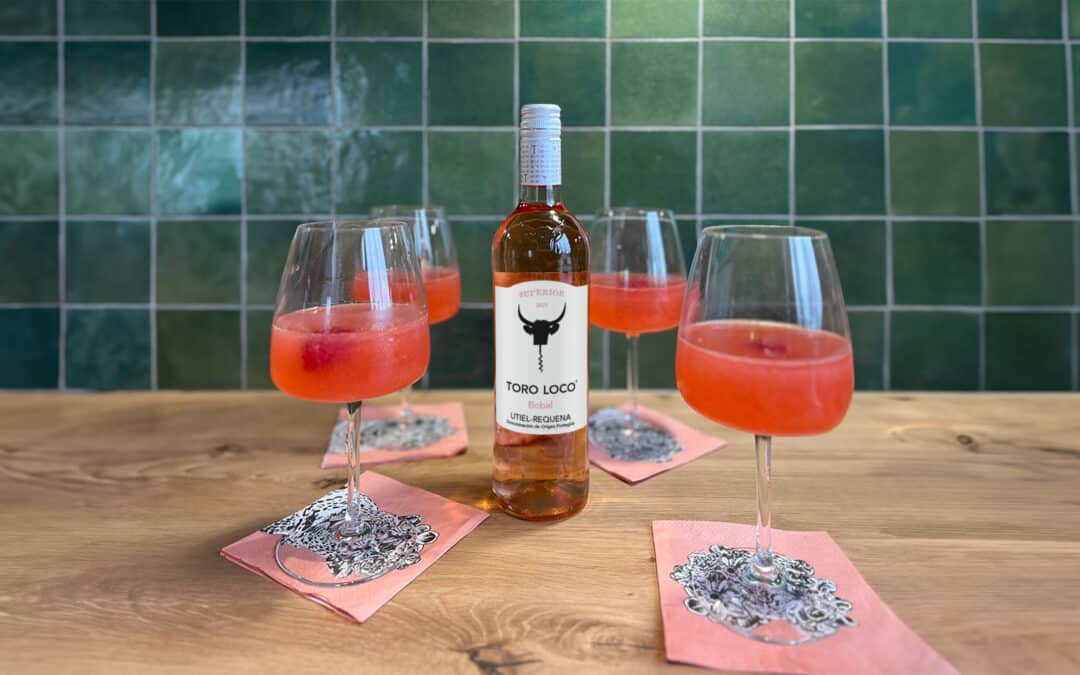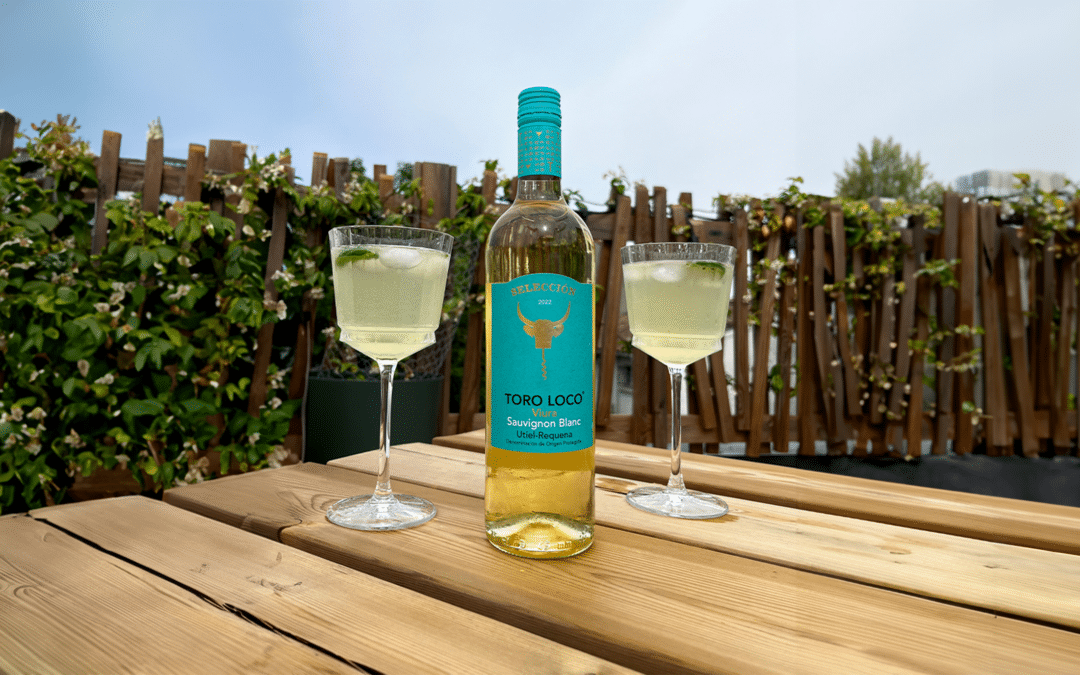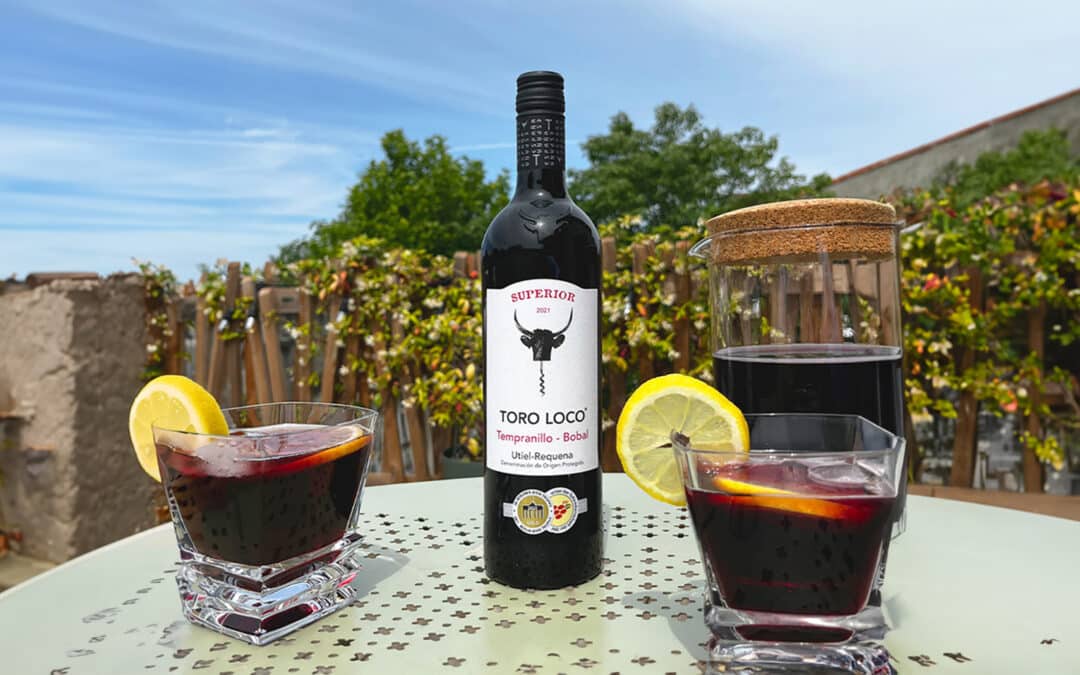Discovering the unique characteristics of the bobal grape: Spain’s hidden gem
Origins and history
Historically, it was often used as a blending grape to add color and acidity to other wines, but modern winemaking techniques have brought Bobal into the spotlight as a standalone varietal.
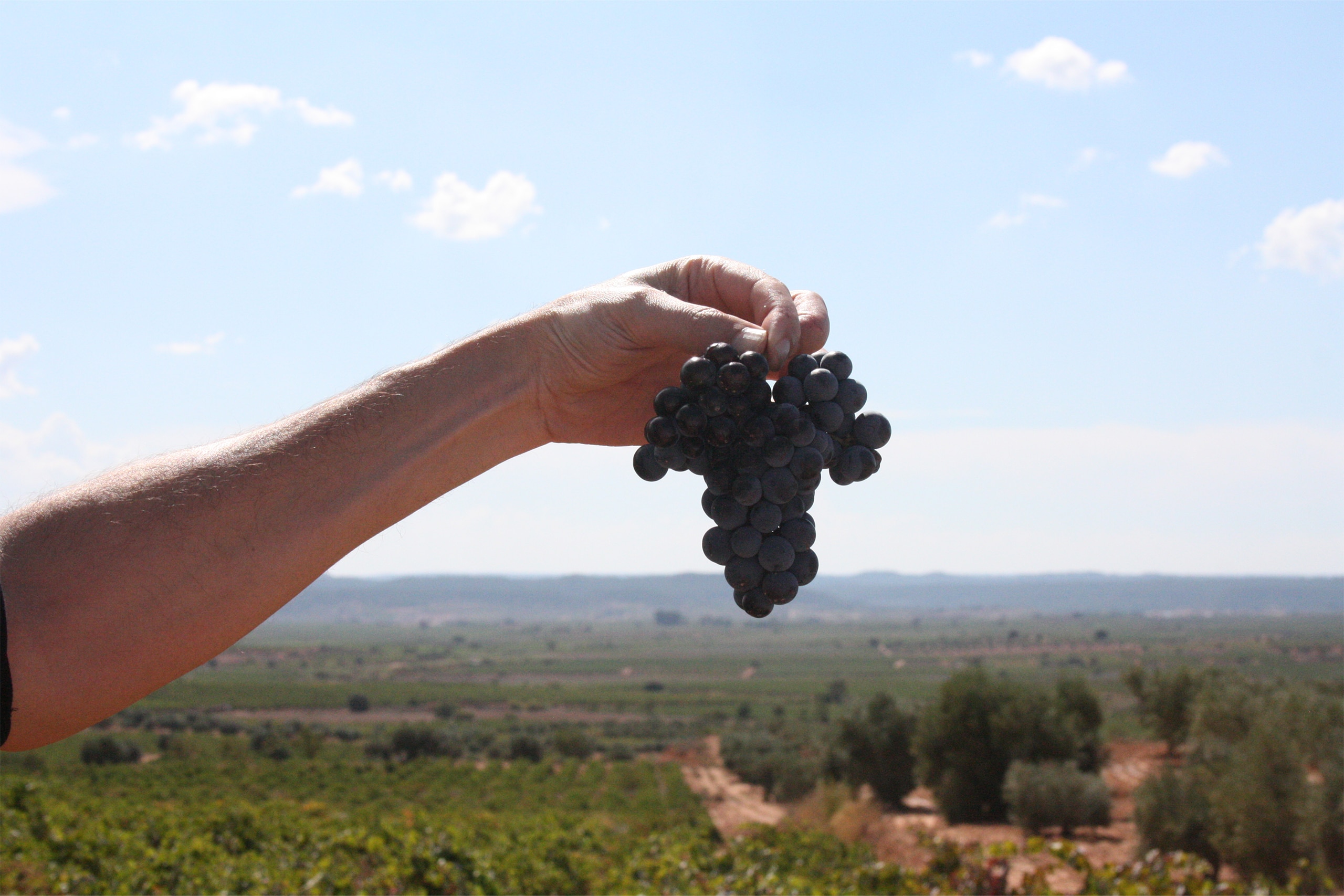
Vineyards and terroir
Tasting notes and wine characteristics
Moreover, Bobal is a grape variety with high antioxidant levels. It is one of the grape varieties with the highest concentration of resveratrol, an anti-carcinogenic and cardiovascular disease-protective element.
Food pairings
Bobal’s bold profile makes it a versatile companion for a variety of dishes. It pairs exceptionally well with grilled meats, stews, and aged cheeses. Its tannic structure and acidity can cut through rich, fatty dishes, making it a great match for lamb, beef, and game. For a more regional pairing, try Bobal with traditional Spanish cuisine like paella or Iberian ham.
Bobal may not yet be a household name in the world of wine, but its unique characteristics and rich history make it a hidden gem worth discovering.
Have a look at our Toro Loco range, whose red and rosé wines are made with Bobal.


